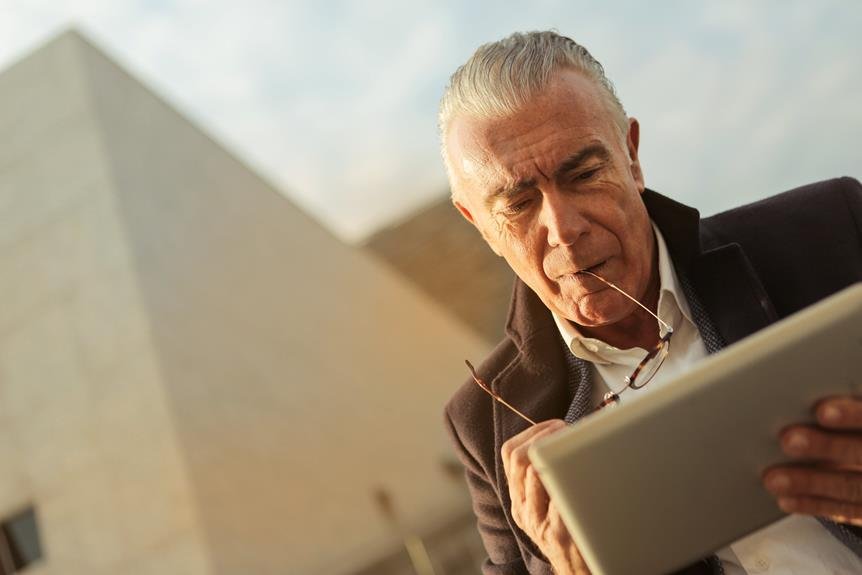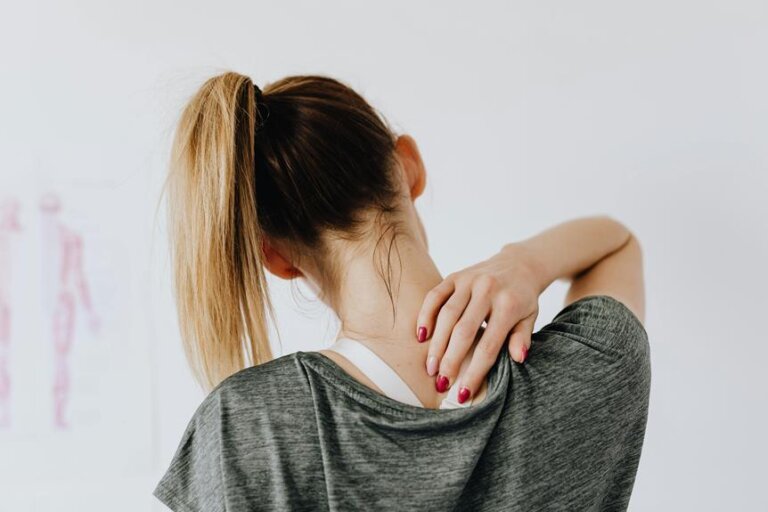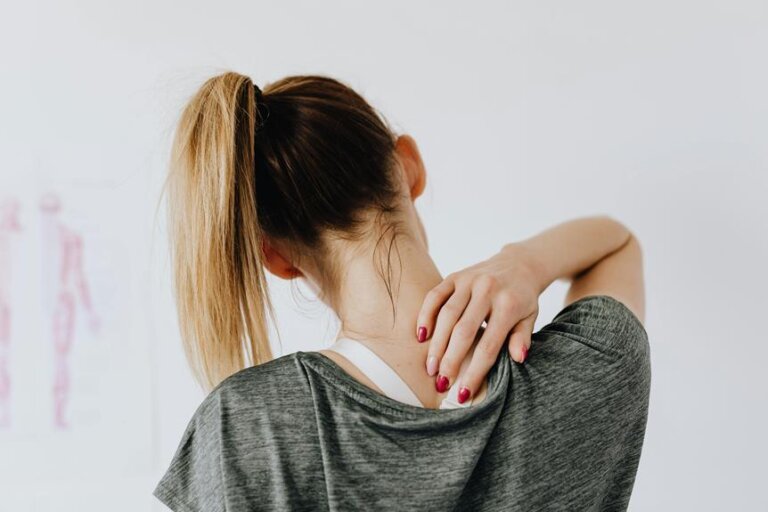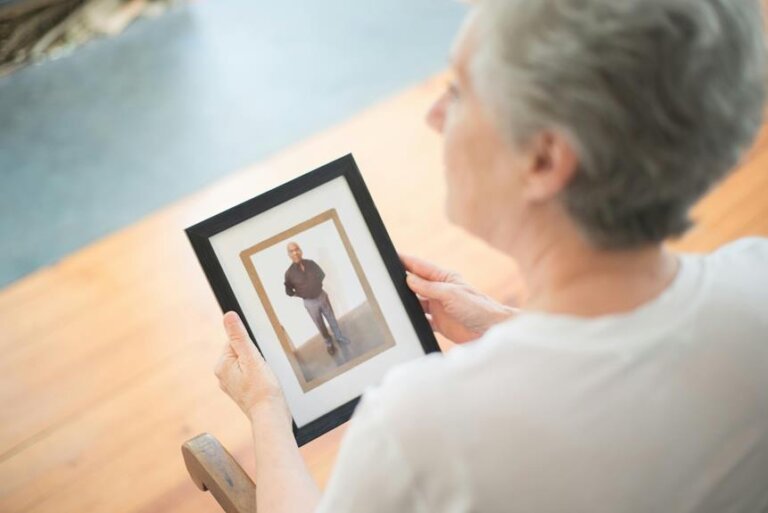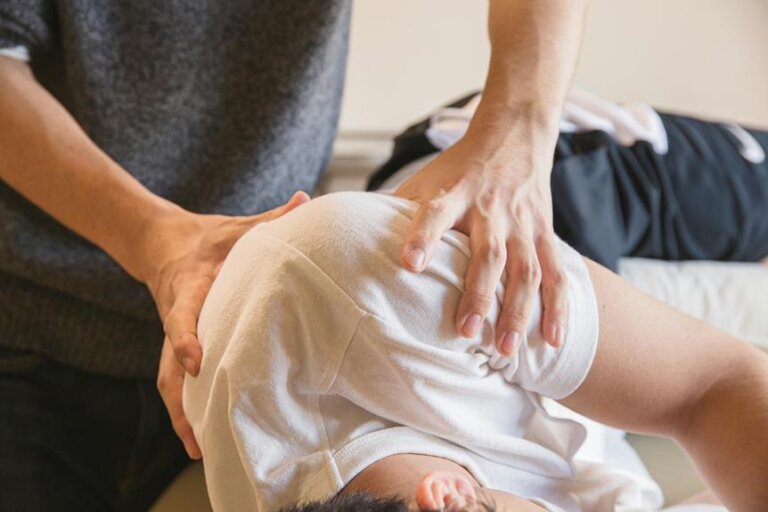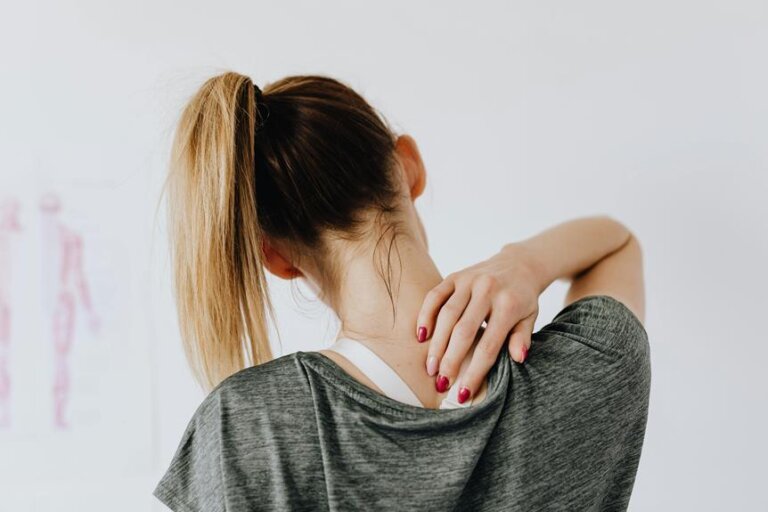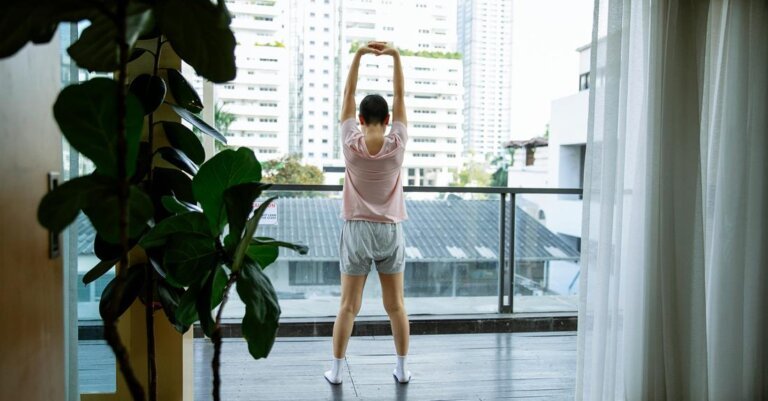The Connection Between Age and Back Pain: What You Need to Know
As you age, the relationship between your years and back pain becomes more apparent. The impact of aging on your spine can lead to discomfort and limitations in your daily activities.
But fear not, there are ways to manage and even alleviate this common issue. By understanding the connection between age and back pain, you can take proactive steps to maintain your spinal health and overall well-being.
Are you ready to discover the insights that can help you navigate this aspect of aging with greater ease?
Common Causes of Back Pain
Common causes of back pain include poor posture, muscle strain, and underlying medical conditions. Poor posture, such as slouching while sitting or standing, can put unnecessary pressure on your spine, leading to discomfort and pain. To alleviate this, focus on sitting and standing up straight, supporting your back with appropriate chairs and cushions.
Muscle strain is another common culprit of back pain, often resulting from improper lifting techniques or sudden movements. It's essential to lift heavy objects with your legs instead of your back and to avoid twisting while lifting. Engaging in regular exercise to strengthen your core muscles can also help prevent muscle strain and reduce the likelihood of back pain episodes.
Underlying medical conditions like arthritis, osteoporosis, or herniated discs can contribute to back pain as well. If you suspect that a medical condition is causing your discomfort, it's crucial to consult with a healthcare professional for proper diagnosis and treatment options tailored to your specific needs.
Effects of Aging on Spine
As you age, your spine undergoes natural changes that can impact its structure and function. The intervertebral discs, which act as cushions between the vertebrae, tend to lose water content and elasticity over time, making them less effective at absorbing shock. This can lead to decreased flexibility and height loss.
Additionally, the vertebrae and facet joints may experience wear and tear, causing stiffness and pain. As the spine undergoes degenerative changes, conditions such as osteoarthritis and spinal stenosis become more prevalent. Osteoarthritis can result in the breakdown of cartilage within the joints, while spinal stenosis involves the narrowing of the spinal canal, potentially leading to nerve compression and related symptoms.
Muscle strength and tone may also diminish with age, impacting the support and stability of the spine. Therefore, it's essential to maintain a healthy lifestyle and engage in regular physical activity to help mitigate the effects of aging on the spine.
Importance of Healthy Lifestyle
Maintaining a healthy lifestyle is crucial for supporting the health and function of your spine as you age. Making smart choices in terms of diet, exercise, and overall wellness can significantly impact the strength and flexibility of your back. Regular physical activity, such as walking, swimming, or yoga, helps to keep your muscles strong and your spine properly aligned.
A balanced diet rich in nutrients like calcium and vitamin D promotes bone health, reducing the risk of conditions like osteoporosis which can lead to back pain. Avoiding habits like smoking and excessive drinking is also essential, as these can contribute to spine degeneration.
Additionally, maintaining a healthy weight can reduce strain on your back, decreasing the likelihood of developing pain or injuries. By prioritizing a healthy lifestyle, you're taking proactive steps to support your spine and overall well-being as you navigate the aging process.
Strategies for Pain Management
To effectively manage back pain as you age, implementing targeted exercises and adopting proper posture are key strategies for alleviating discomfort. Engaging in exercises that strengthen the core muscles, such as abdominal and back muscles, can provide support to the spine and reduce strain on the back. Activities like yoga, Pilates, or water aerobics can improve flexibility and strengthen muscles without putting excessive stress on the back.
Incorporating regular stretching routines can also help relieve tightness and improve range of motion in the spine. Focus on stretching the hamstrings, hip flexors, and back muscles to maintain flexibility and reduce the risk of injury. Additionally, practicing good posture throughout the day can significantly reduce back pain. Be mindful of your posture while sitting, standing, and walking to avoid slouching or arching your back unnaturally.
Furthermore, applying heat or cold therapy to the affected area can help alleviate acute back pain. Heat can help relax muscles and improve blood flow, while cold therapy can reduce inflammation and numb the area. Remember to consult with a healthcare professional to determine the most suitable pain management strategies for your specific needs.
Tips for Back Health
For optimal back health, consistently incorporating gentle stretching exercises into your daily routine is essential. Stretching helps improve flexibility, reduce muscle tension, and enhance overall posture, which are key factors in preventing back pain. Focus on movements that target the back, such as cat-cow stretches, child's pose, and trunk rotations to keep your spine supple and strong.
Maintaining a healthy weight is also crucial for supporting your back. Excess weight can strain the muscles and ligaments in your back, leading to increased pain and discomfort. By eating a balanced diet and staying active, you can reduce the pressure on your spine and lower the risk of developing back issues.
In addition to exercise and weight management, be mindful of your posture throughout the day. Whether you're sitting at a desk, standing, or lifting objects, practicing good posture can alleviate stress on your back and prevent unnecessary strain. Remember to keep your spine aligned, shoulders relaxed, and core engaged to support a healthy back for years to come.
Frequently Asked Questions
How Does Hormonal Changes in Older Adults Contribute to Back Pain?
As you age, hormonal changes can impact your back health. Decreased estrogen and testosterone levels may affect bone density and muscle strength, leading to increased risk of back pain. Regular exercise and proper nutrition can help mitigate these effects.
Are There Specific Exercises or Stretches That Are Most Beneficial for Older Individuals With Back Pain?
When dealing with back pain, older adults benefit from gentle exercises like walking, swimming, or yoga. Stretches focusing on flexibility and core strength can also help alleviate discomfort. Remember, consistency is key for long-term relief.
Can Psychological Factors Such as Stress or Anxiety Worsen Back Pain in Older Adults?
Yes, stress and anxiety can worsen back pain in older adults. Psychological factors like these can contribute to increased muscle tension and inflammation, which may exacerbate existing back issues. Managing stress levels may help alleviate discomfort.
What Role Does Posture Play in the Development and Management of Back Pain in Older Individuals?
Maintaining good posture is crucial for managing back pain as you age. Proper alignment can help alleviate strain on your back muscles and prevent potential issues. Remember to sit and stand tall for a healthier spine.
Are There Any Alternative Therapies or Treatments That Can Help Alleviate Back Pain in Older Adults?
Looking for relief from back pain as you age? Consider alternative therapies like acupuncture, chiropractic care, or yoga. These treatments can help alleviate discomfort and improve your quality of life without relying solely on medication.
Conclusion
Remember, as you age, your spine may weaken, leading to back pain. But don't fret! By maintaining a healthy lifestyle, you can mitigate the effects of aging on your spine.
Incorporate exercise, proper posture, and regular stretching into your routine to keep your back strong and pain-free. Stay mindful of your back health to stay active and agile as you age.
Remember, prevention is key in keeping your back pain at bay.
